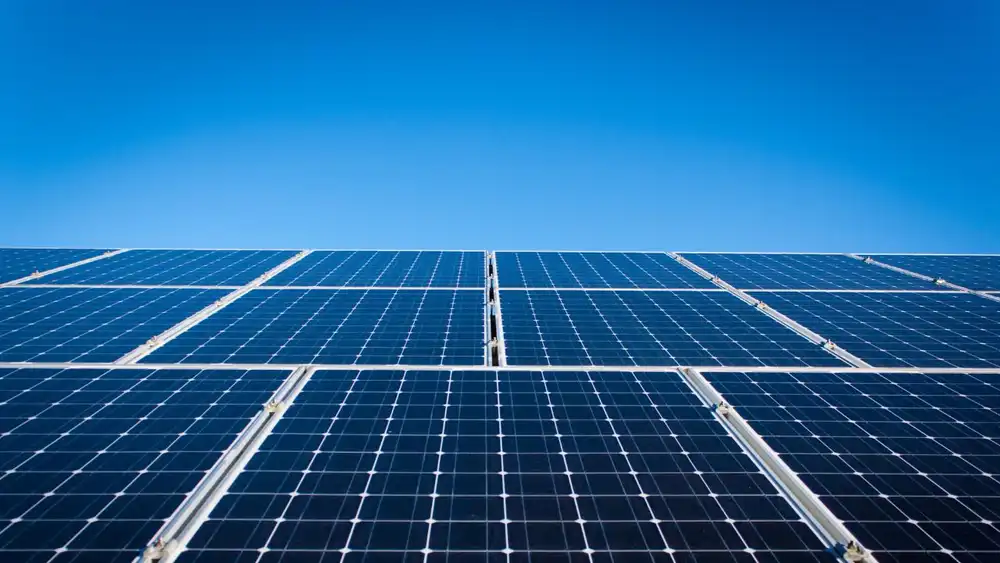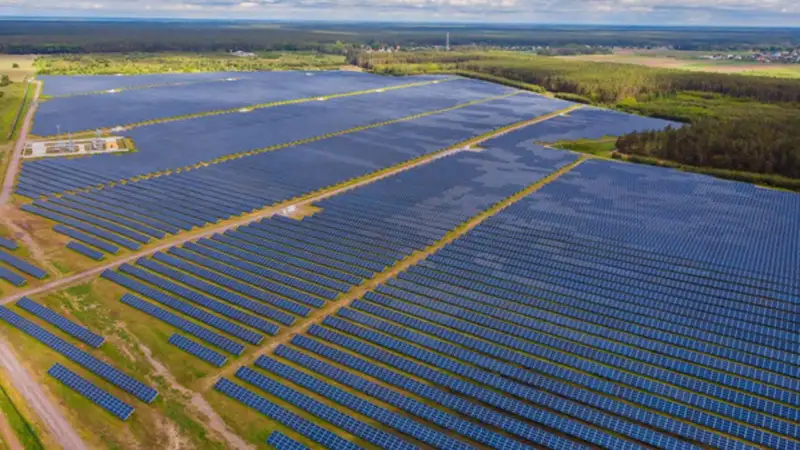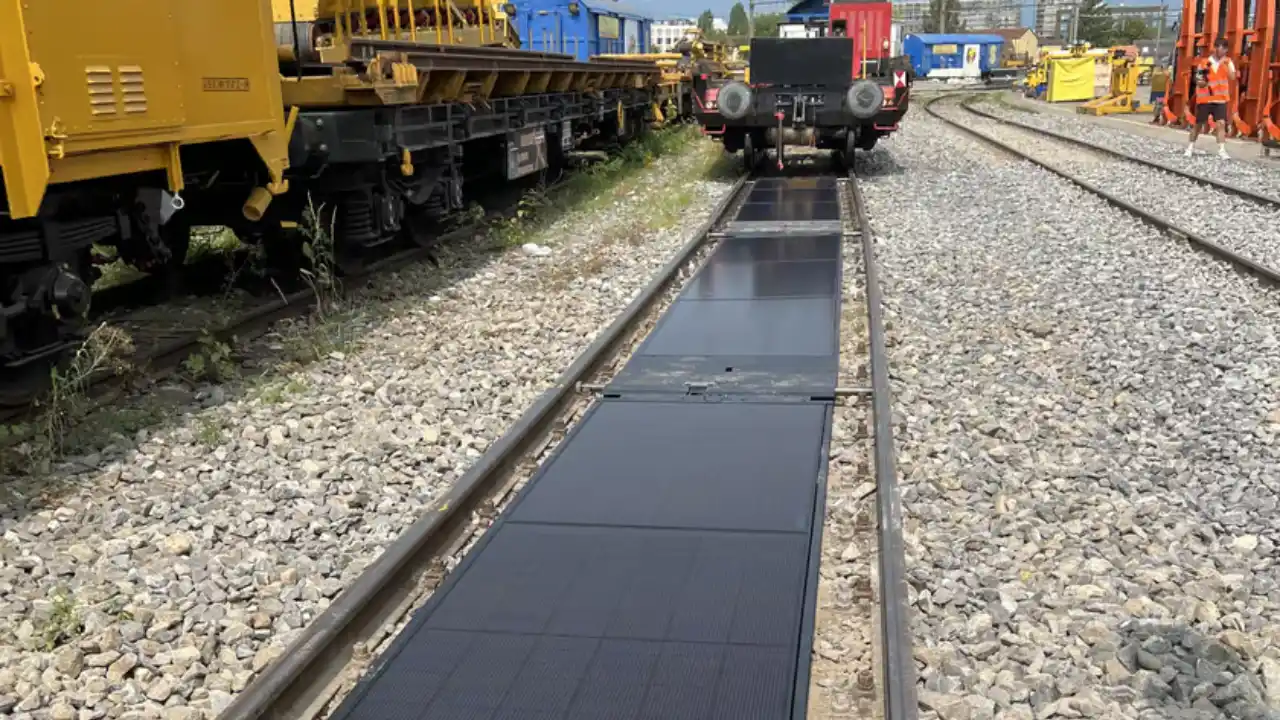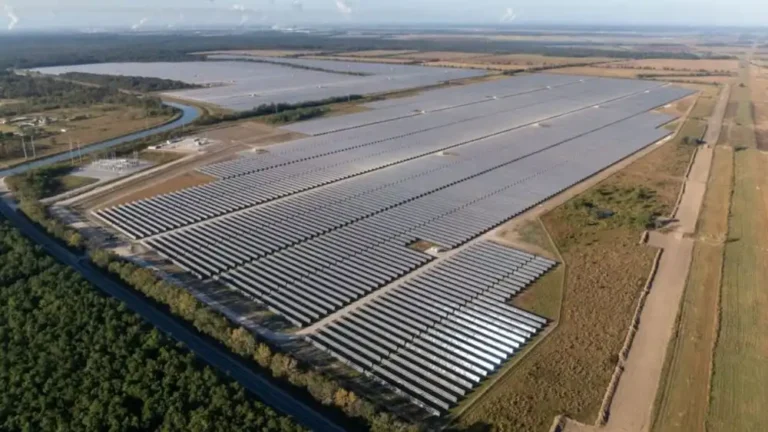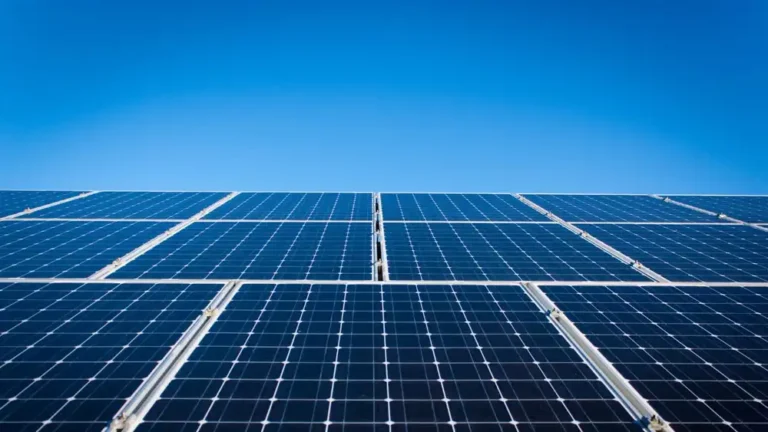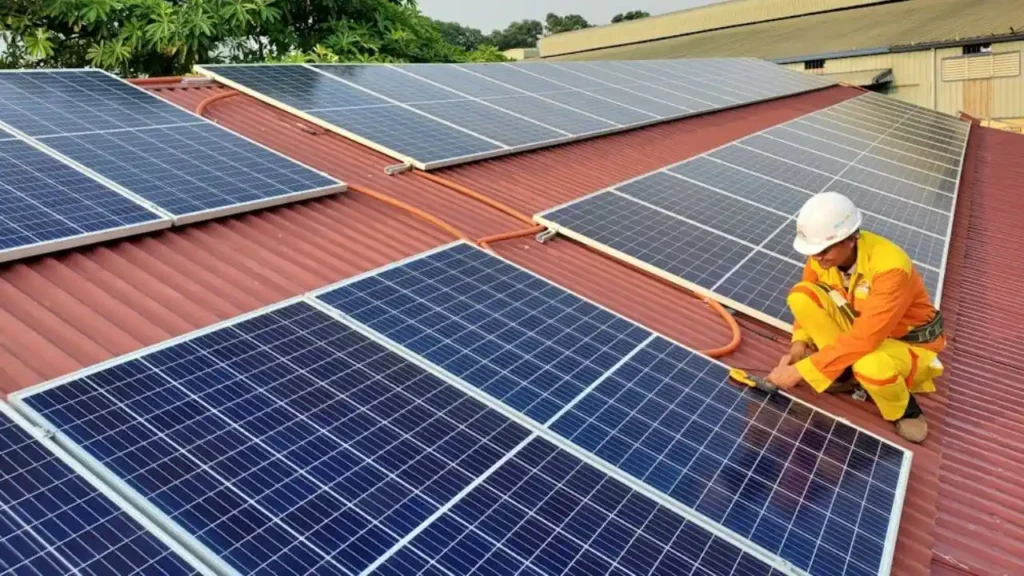
- 900 solar collectors have been installed in the British Library for the reduction of CO2 emissions.
- Solely Naked Energy’s solar technology produces 216 MWh annually in terms of hot water and space heating.
- The project received funding through the Public Sector Decarbonization Scheme, which is enabled by CBRE.
The British Library has joined forces with Naked Energy and CBRE Global Workplace Solutions for the UK’s largest installation of solar heat. The result is an innovative project in the shape of 950 solar collectors over the roof of a building that also represents a giant leap by the Library towards renewable energy, thus reducing carbon emissions while fostering sustainable heating solutions.
Also read: Solar Panels to Be Installed Between Train Tracks in Switzerland
The scheme aims to accelerate the decarbonization of the British Library through the incorporation of Naked Energy’s leading solar technology, Virtu product line. The roof covering will be 712.5 square meters, and the system will reduce emissions of carbon dioxide into the atmosphere by 55 tonnes per year. It will save 216 MWh of energy each year, meaning it can keep all the lights on in a community center or swim up and down in a swimming pool all year round.
Virtu is in many ways different from the standard solar panel because it can produce not just electricity but also heat energy in virtue of its high energy density. That is why Naked Energy boasts that this system could save four times more carbon compared to the standard PV panels, which usually aim at only electricity production. This makes Virtu suitable for industries such as manufacturing, hospitality, and public buildings like the British Library.
There is thus a dual-purpose application, in which the solar heat technology will provide both hot water and space heating for the staff and visitors, but it will also contribute to preserving the Library’s massive national collection. The collectors will contribute to sustaining precise environmental conditions needed for storing over 170 million items, ranging from newspapers and maps to patents, even sound recordings.
The project faced unique challenges due to the library’s status as a Grade I-listed building, a designation given to structures of exceptional historical or architectural significance. The solar collectors had to secure planning permission based on their low-profile design, which ensures they remain hidden from public view and do not disrupt the historic aesthetic.
Also read: Latest News on Solar Power, Sunlight Power Energy
Funding for this project was through the Public Sector Decarbonization Scheme; it is an energy efficiency solution funding for public institutions. The grants through the scheme aided this collaboration between Naked Energy and CBRE in executing this revolutionary solution. Christophe Williams, the Naked Energy CEO, said the project marked an important move that will push further efforts in decarbonizing buildings in the public sector.
Success is given to the efforts with the deal of heavy funding to Naked Energy. Recently, the company has raised investments of £17 million from E.ON Energy Infrastructure Solutions and Barclays. Thus, this pump in of funds will enable the company to scale up its operations with the application of the solar heat technology to cover an extensive area, as there is constant growth and demand for renewable energy around the globe.
Patrick Dixon, Director of Estates and Construction with the British Library, said: “We’re really looking forward to this and it’s an addition that fits very well into the new Sustainability and Climate Change Strategy of the Library. This installation provides a kind of beacon for the commitment made on the part of the organization as a whole to its environment.”.
CBRE’s MD Jon Benford echoes the same when he was talking about how green technology actually makes the implementation complicated on historic building. The project goes in accordance with all the goals of the Library towards sustainability and as well in balance with preservation for the past and defense for the future.
The British Library has set a precedent for merging innovative renewable technology into public buildings, and such solar heat installation shows great potential further where as much energy can be conserved, carbon emissions cut-off, and preservation benefits can be realized. Success of such a project will gain further upscaling in public sector entities to find solutions toward the UK’s net zero targets.

